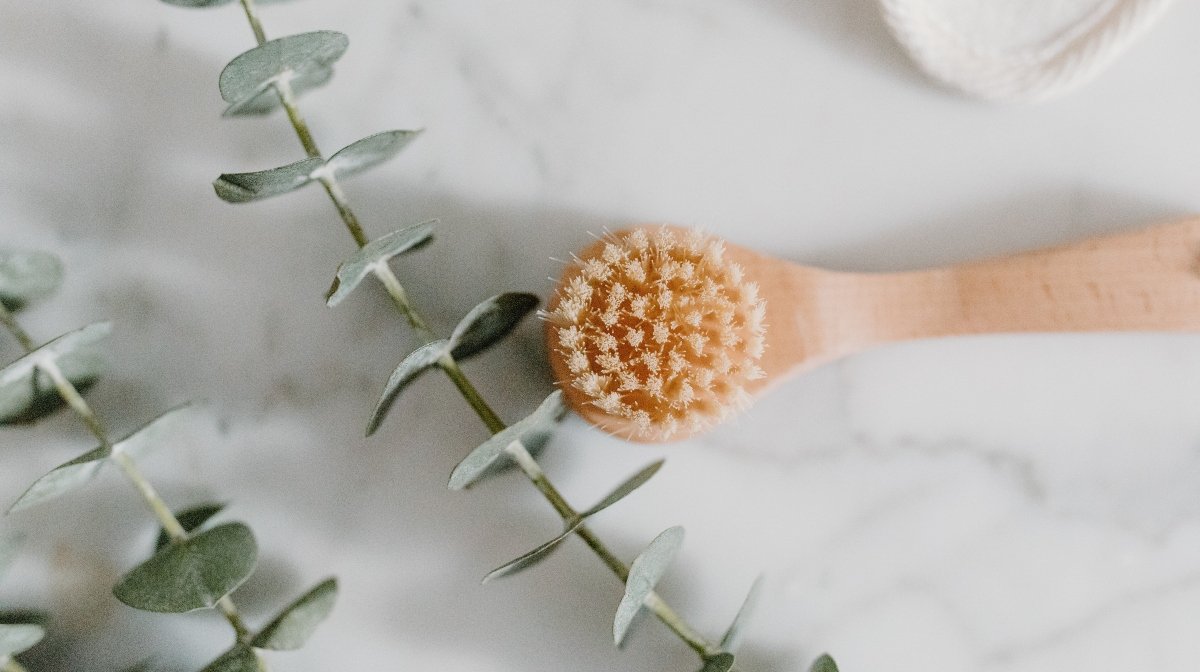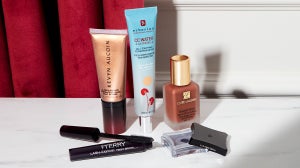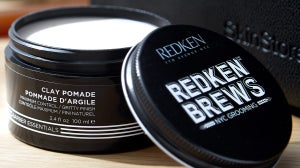If you want softer, smoother, healthier skin, you’ll need to add exfoliate to your beauty care checklist. While many people often overlook exfoliation, it offers numerous benefits and promotes radiant, glowing skin.
What is Exfoliation?
Exfoliation involves any process meant to buff away dead skin cells from the body. Since the process is simple, you can do it from the comfort of your home, revealing softer skin. It’s essential to note that your body naturally exfoliates every 30 days. But as you get older, this cycle slows down, making it essential to keep up by exfoliating.
With the right type of exfoliation and technique, you can improve skin tone, reduce dullness, and improve skin conditions such as acne.
How often should you exfoliate your body?
Exfoliating regularly is vital to removing dead skin cells from the surface and making room for new healthy cells. Generally speaking, experts recommend exfoliating two to three times per week. However, how often you exfoliate depends on your skin type.
For instance, if you have dry or sensitive skin, it’s wise to exfoliate once a week (maybe twice if your skin can handle it) to minimize irritation and redness. Remember, using harsh products on dry and sensitive skin can cause further sensitivity and dryness.
Alternatively, if you have oily or combination skin, exfoliating two to three times a week is more reasonable to eliminate the buildup of oils. Besides, exfoliation can help unclog pores without affecting oil production and can treat and prevent breakouts.
If you have combination skin, you can exfoliate two to three times a week, depending on how your skin reacts. Just pay careful attention to the ingredients in exfoliating products. The goal is to find skincare items that are mild enough for your dry areas while removing excess oil in your oily zones.
What to Use to Exfoliate
Generally, there are two main types of exfoliation – chemical and physical. The latter uses gritty particles to remove dead skin cells from the surface of your skin, while the former uses hydroxy acids that dissolve connections between skin cells, ensuring easy shedding.
The exfoliation method you use depends on your skin sensitivity and type.
1. Chemical exfoliant
Typically, chemical exfoliants are milder and gentler on the skin since they don’t involve abrasive actions. They contain BHAs or AHAs such as lactic acid, salicylic acid, and glycolic acid. Chemical exfoliants include peels and serums, and you can use them daily. However, buildup up slowly by exfoliating once a week, then twice a week, and so on to give your skin time to adjust.
If you struggle with sensitive or dry skin, chemical exfoliants are perfect for you as they prevent further irritation, dryness, and redness.
2. Physical exfoliants
Physical exfoliants are also known as manual exfoliants, and they include brushes and scrubs. While physical exfoliants are highly effective in removing dead skin cells, they can be harsh on the skin when applied with a lot of pressure or used excessively.
That’s why physical exfoliation is more suitable for people with normal, thicker, or oily skin. Oily skin can significantly benefit from manual exfoliators as the physical removal of dead skin cells can buff away oil and dirt buildup.
Which Exfoliate Method Should I Use?
If you’re not sure whether you should use physical exfoliators or chemical exfoliators, test the product on your hand. If it feels scratchy, tingly, or irritates your skin, then you shouldn’t use it on your face. Remember, without experimentation, you’ll not find an exfoliating method that works best for you.
Best Body Scrubs to Exfoliate
To ensure you get younger-looking, radiant, and glowing skin, we’ve curated an edit of five of the best exfoliating body wash and body scrubs so that you can find a product for your skin type.
1. NUXE Rêve de Miel Body Scrub 2. MOR Sugar Crystal Marshmallow Body Scrub 3. ESPA Detoxifying Salt Scrub 4. Elemis Lime & Ginger Salt Glow 5. REN Clean Skincare Magnesium Salt and Atlantic Kelp Exfoliating Body Scrub
1. NUXE Rêve de Miel Body Scrub
Make your way to softer and younger-looking skin with this body scrub from NUXE. Infused with skin-loving ingredients such as Argan oil and honey, this exfoliating scrub removes dead skin cells and nourishes and nurtures skin, revealing a soft and smooth complexion. Suitable for sensitive and dry skin, this nourishing body scrub helps renew the appearance of the skin.
2. MOR Sugar Crystal Marshmallow Body Scrub
Do you want radiant, soft, and smooth skin? If so, you’ll fall in love with the Marshmallow Body Scrub from MOR. Free from sulfates and parabens, this innovative exfoliating scrub gently lifts away dead skin cells from the skin’s surface, revealing younger-looking skin.
Boasting a moisturizing formula, this product works wonders on dull complexions, unveiling fresh skin.
3. ESPA Detoxifying Salt Scrub
If you have dry skin, you know how dehydrated and irritated it can get after using harsh exfoliators. Luckily for you, the Detoxifying Salt Scrub from ESPA prevents this. Designed with a gentle formula, this exfoliating scrub is suitable for dry skin as it hydrates skin while buffing away impurities and dead skin cells.
If you’re looking for an exfoliator that intensely moisturizes your skin, revealing smooth, refined skin, this product is perfect for you.
4. Elemis Lime & Ginger Salt Glow
If you’re looking for a luxurious, hydrating exfoliator, you might want to try this Lime and Ginger Salt Glow by Elemis. Formulated with skin-loving ingredients such as jojoba oils, ginger, and kukui, this exfoliating scrub cleanses and purifies the skin for a smooth and radiant finish.
Designed to tone the body and stimulate metabolism, this exfoliator energizes your skin for a silky soft complexion.
5. REN Clean Skincare Magnesium Salt and Atlantic Kelp Exfoliating Body Scrub
This product is vegan and contains a 100% natural fragrance. Infused with sea salt, the scrub removes impurities and dead skin cells for smooth and soft skin. Boasting anti-fatigue properties, this exfoliator pampers and polishes the skin for a healthy glow.








